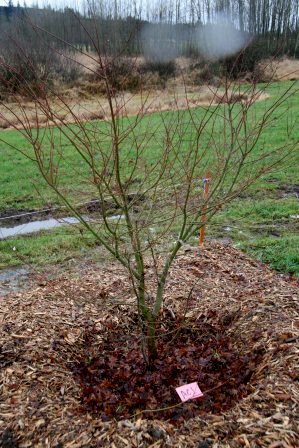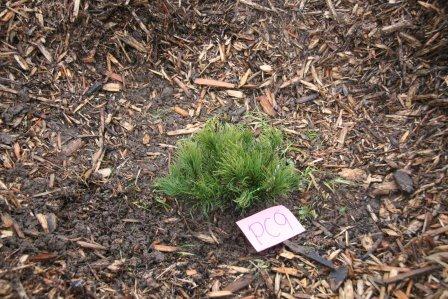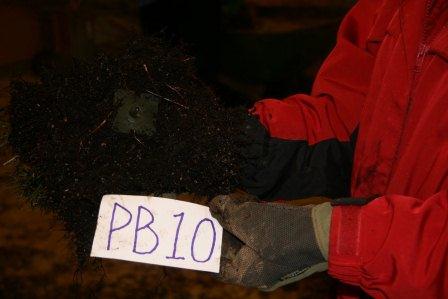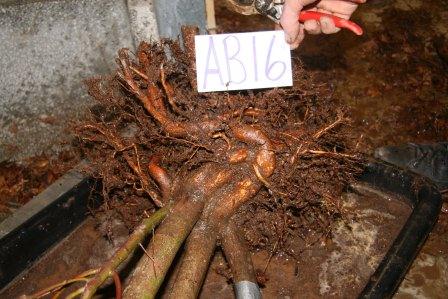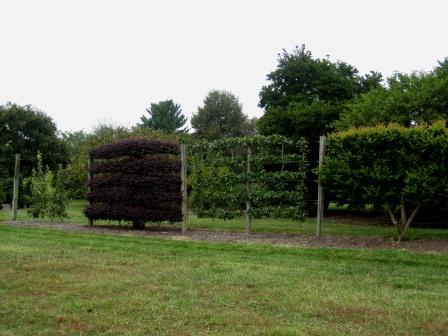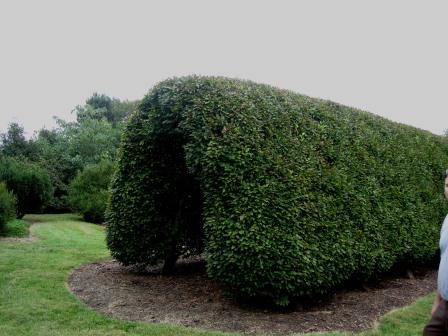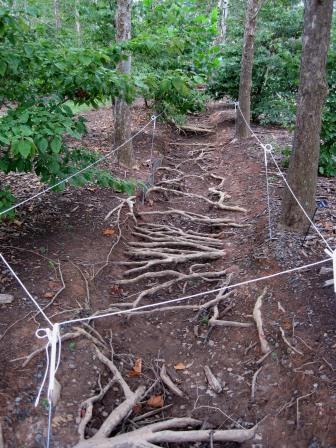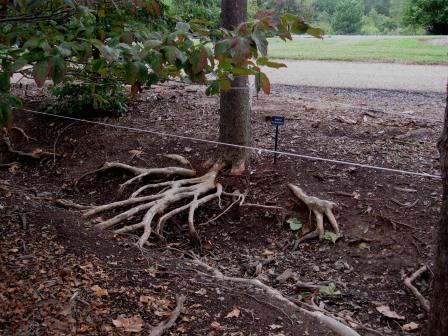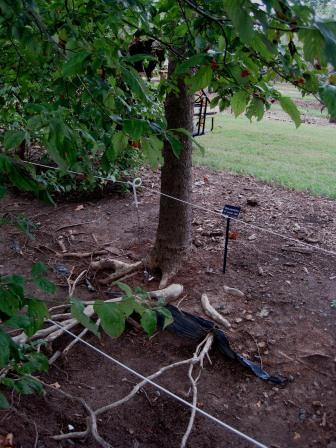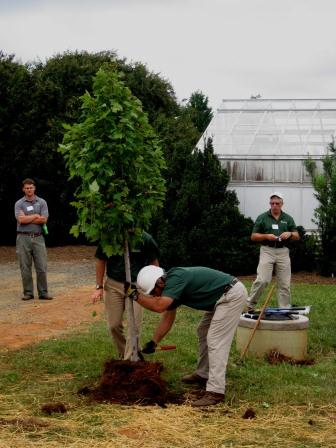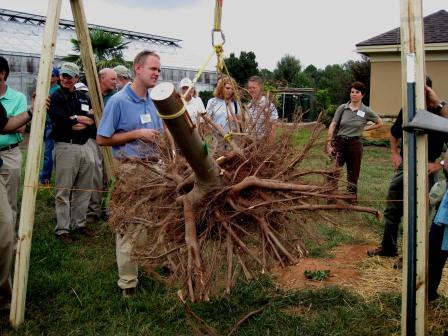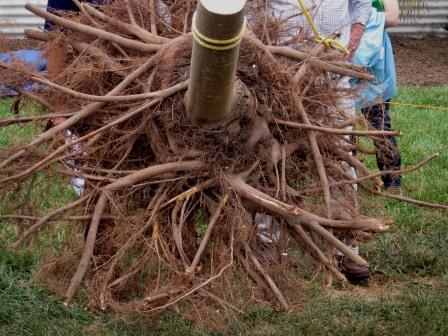As an Extensional Specialist working on urban and community forestry issues, I am frequently asked to respond to questions about tree damage after storms. One standard bit of advice I give is to be wary of ‘door knockers’ or ‘storm chasers’; individuals that descend like locusts upon storm-ravaged areas with pick-up trucks and chainsaws offering to clean up storm damage. Sometimes these are just honest folks trying make a buck but there are also less scrupulous folks in the mix that are clearly exploiting the misfortune of others. In either event, they usually lack the training, not to mention insurance, to tackle the dangerous chore of removing downed trees around homes, cars, and people.
In trolling the internet the other day for photos for Monday’s post, I ran across a different kind of storm chaser. It seems the internet has gone viral with photos of Brazilian glamour model, Nana Gouvea, who was photographed by her boyfriend in various settings among the devastation of Superstorm Sandy. The photos were posted on (and subsequently removed from) from FaceBook. Needless to say, many people were offended and have taken the model and her boyfriend to task for the photos and a FaceBook site has popped up with Photoshopped images of the comely model amidst other disasters from the killing of Bambi’s mother to Noah’s flood.
Personally, I think the public needs to cut Ms. Gouvea some slack. This intrepid beauty has captured a teachable moment and performed a great public service for extension personnel everywhere. I can see future hazard tree assessments talks and bulletins enlivened with her images. Well, here, let me show some examples.
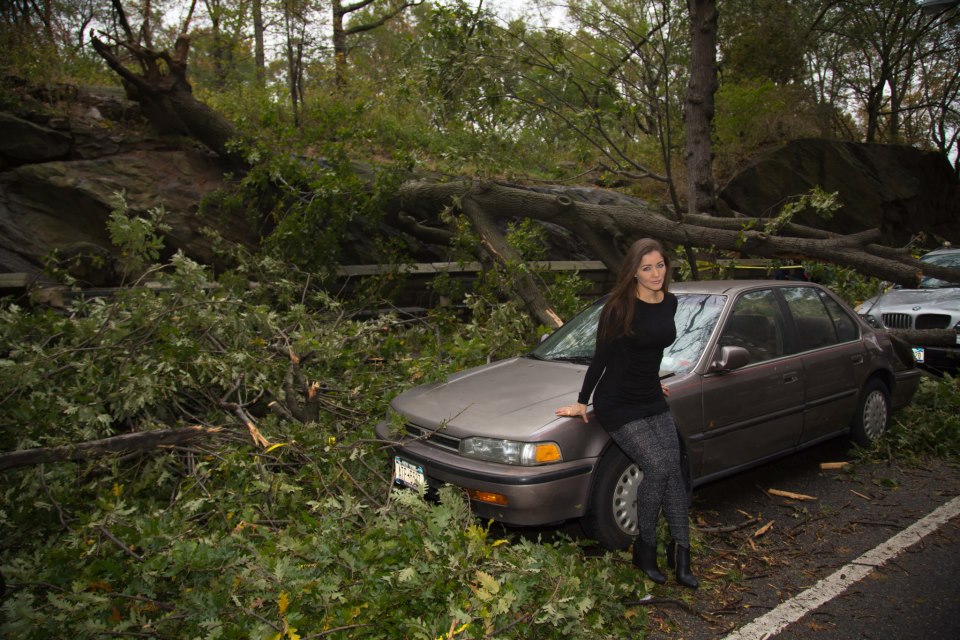
Note the upturned in roots in the upper left. Poor root anchorage is a common cause of tree failures during storms.
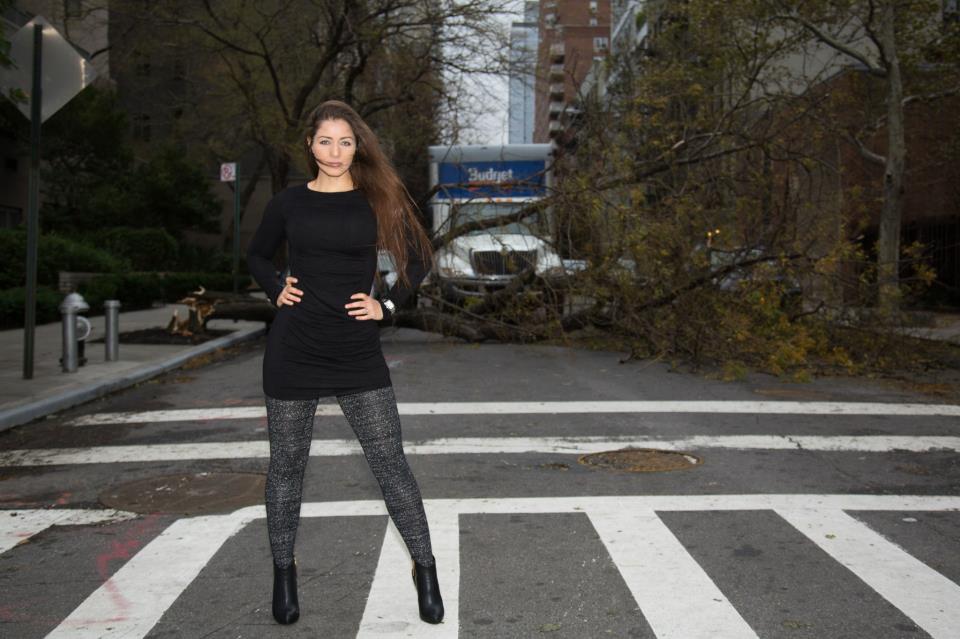
Trees breaking at ground-line (far left) during high winds is often the result of girdling roots.
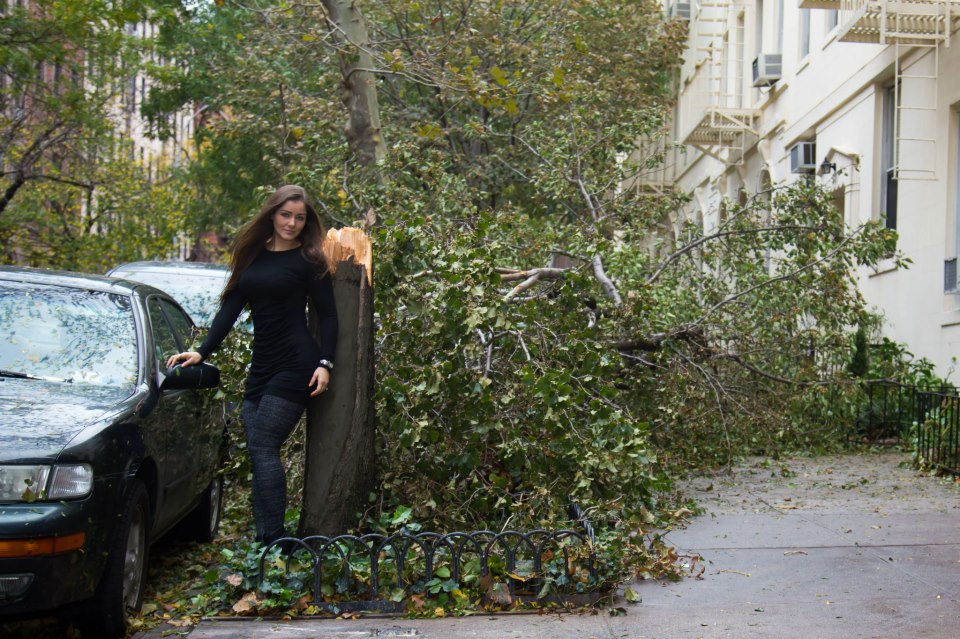
Trees snapping at mid-stem is often the result of a subtle defect. Note the evidence of frost cracking below this breakpoint.

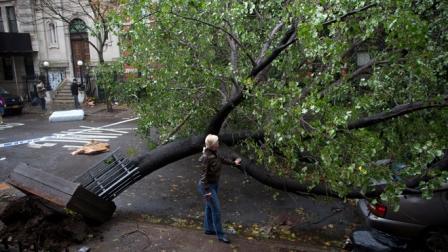
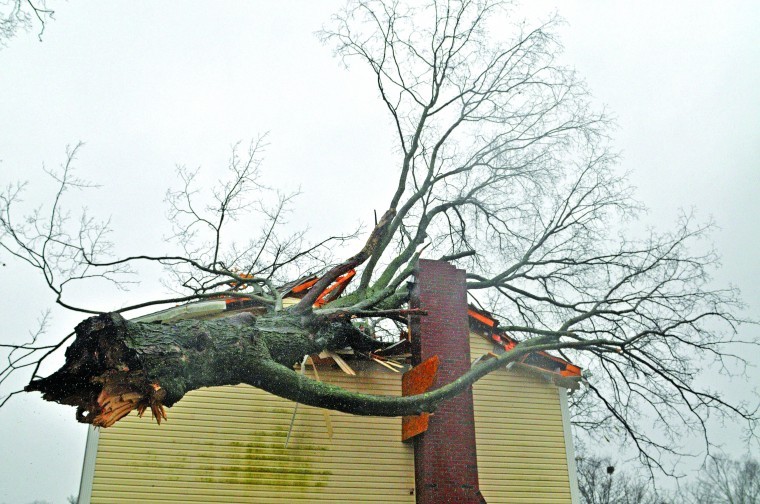

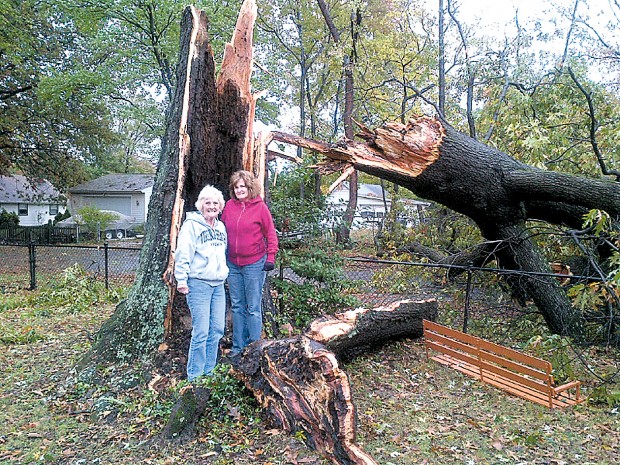
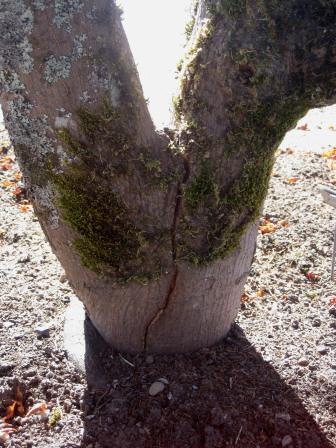

 Bending is bad…
Bending is bad…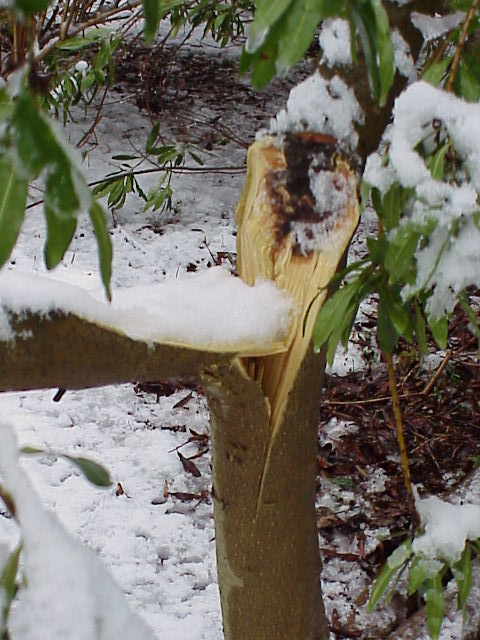 …but breaking is worse.
…but breaking is worse.
